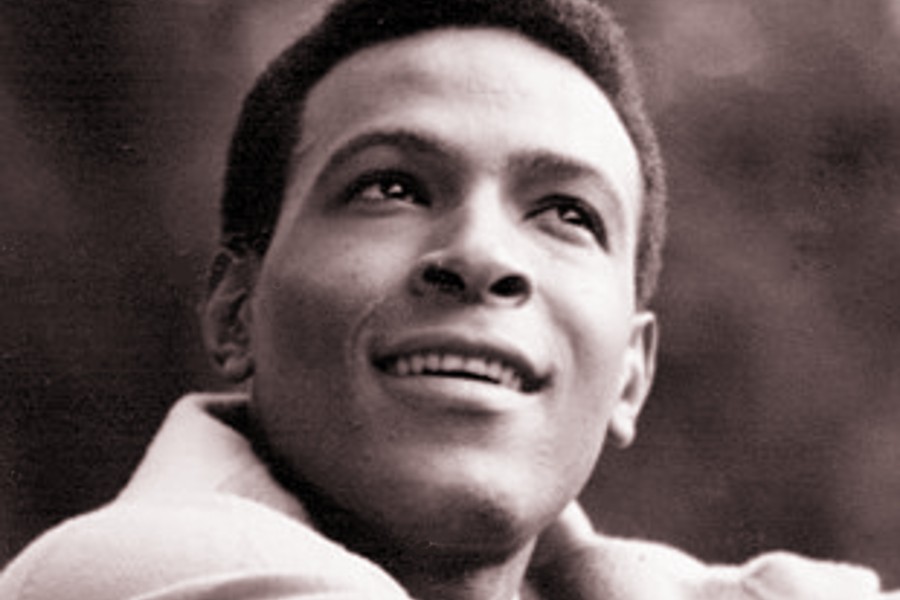 The Graduate Center of The City University of New York’s Center for Latin American, Caribbean and Latino Studies (CLACLS) has released a report on changes in voter registration and participation rates among Latinos in the United States.
The Graduate Center of The City University of New York’s Center for Latin American, Caribbean and Latino Studies (CLACLS) has released a report on changes in voter registration and participation rates among Latinos in the United States.
Latino voter registration rates rose to 61.1% and Latino voting rates (the percentage of Latinos eligible to vote who actually voted) also rose to a historic high of 53.7% in the November 2020 elections.
Approximately 18.7 million Latinos voted in 2020, up from 15.3 million votes cast in 2016, an increase of nearly 30%. Latino voters accounted for 10.2% of all votes cast in 2020.
Approximately 18.7 million Latinos voted in 2020, up from 15.3 million votes cast in 2016, an increase of nearly 30%. Latino voters accounted for 10.2% of all votes cast in 2020.
“It has been clear for some time that the key to increasing Latino voter participation has been the challenge of finding strategies to motivate the Latino electorate to register to vote,” said study co-author Laird Bergad, a Distinguished Professor at The Graduate Center and Latin American and Latino Studies at Lehman College, CUNY. “This report suggests a major shift upward in registration and voting rates among the Latino electorate. Hopefully, these trends will continue into the future.”
The report, titled “Latino Voter Registration and Participation Rates in the 2020 Presidential Election,” examines these trends by age, nativity, sex, and state in the United States.
“The data presented in this report show that our community continues to exert greater political influence – from Michigan to Pennsylvania to Texas. We are certainly not ‘the sleeping giant’ as many have called us but a roaring force to be reckoned with,” said study co-author Luis A. Miranda, Jr., a founding partner at MirRam Group and board chair of the Latino Victory Fund.
Other key findings
Nearly 60% of all eligible Latino voters were between 18 and 44 years of age. Voting rates rose significantly among 18-24-year-old Latinos, from 38.4% in 2016 to 44.1% in 2020.
Latinos born in the U.S. accounted for 74.4% of all Latino votes cast in 2020; naturalized Latino citizens comprised 25.6% of total Latino votes. Among U.S.- born Latinos, eligible voters increased to 53.5% in 2020.
Latinos born in the U.S. accounted for 74.4% of all Latino votes cast in 2020; naturalized Latino citizens comprised 25.6% of total Latino votes. Among U.S.- born Latinos, eligible voters increased to 53.5% in 2020.
Across all age groups, Latinas voted more than Latinos. Among 18-24-year-olds, 44.1% of Latinas voted compared to 38.4% of Latinos in 2020. In the 45-64 age category, these percentages were 61.7% and 58.7% respectively.
Across all age groups, Latinas voted more than Latinos. Among 18-24-year-olds, 44.1% of Latinas voted compared to 38.4% of Latinos in 2020. In the 45-64 age category, these percentages were 61.7% and 58.7% respectively.
Although these participation rates were clearly a dramatic improvement from 2016, Latino voting rates continued to lag behind those of non-Hispanic whites (70.9%), African Americans (62.6%), and Asians (59.7%).
Although these participation rates were clearly a dramatic improvement from 2016, Latino voting rates continued to lag behind those of non-Hispanic whites (70.9%), African Americans (62.6%), and Asians (59.7%).
There was an extraordinary increase in Latino voters in two states with large Latino populations and historically low voter participation rates. In Arizona, it was 60.8% (up from 47.7%) and in Texas, it was 53.1% (up from 40.5%).
There was an extraordinary increase in Latino voters in two states with large Latino populations and historically low voter participation rates. In Arizona, it was 60.8% (up from 47.7%) and in Texas, it was 53.1% (up from 40.5%).
A link to the full report is available here
The core mission of CLACLS is to actively support and advance the study of Latin America, the Caribbean, and Latinos in the U.S. in the doctoral programs of The Graduate Center, and to provide opportunities for Latino students at the Ph.D. level.
CLACLS’s flagship program is the Latino Data Project, established in 2003 by Laird W. Bergad founding and current CLACLS director. Bergad is a distinguished professor in the Department of Latin American, Puerto Rican, and Latino Studies at Lehman College and with the Ph.D. Program in History at The Graduate Center.
The Latino Data Project conducts detailed quantitative research on the Latino population of the United States and New York City metropolitan region, analyzing raw data files produced by the U.S. Census Bureau and other government agencies.
The Graduate Center of The City University of New York (CUNY) is a leader in public graduate education devoted to enhancing the public good through pioneering research, serious learning, and reasoned debate.
The Graduate Center offers ambitious students more than 40 doctoral and master’s programs of the highest caliber, taught by top faculty from throughout CUNY — the nation’s largest public urban university.
Through its nearly 40 centers, institutes, and initiatives, including its Advanced Science Research Center (ASRC), The Graduate Center influences public policy and discourse and shapes innovation.
The Graduate Center’s extensive public programs make it a home for culture and conversation.
Become a Harlem Insider!
By submitting this form, you are consenting to receive marketing emails from: Harlem World Magazine, 2521 1/2 west 42nd street, Los Angeles, CA, 90008, https://www.harlemworldmagazine.com. You can revoke your consent to receive emails at any time by using the SafeUnsubscribe® link, found at the bottom of every email. Emails are serviced by Constant Contact








